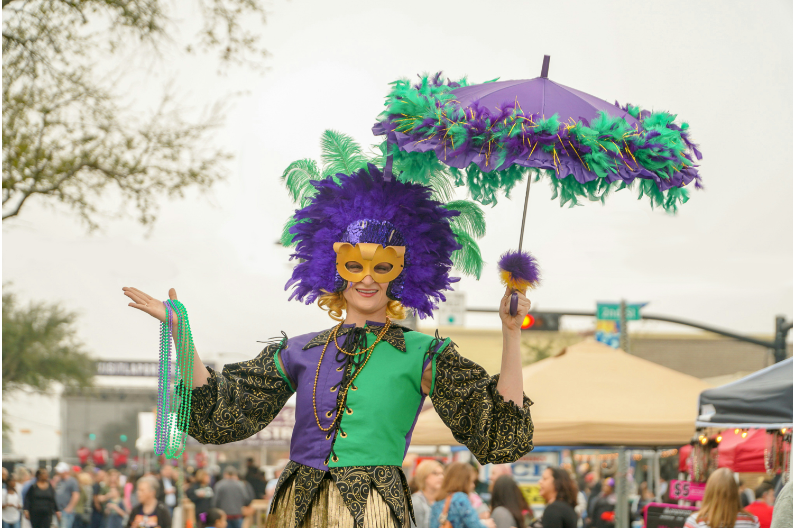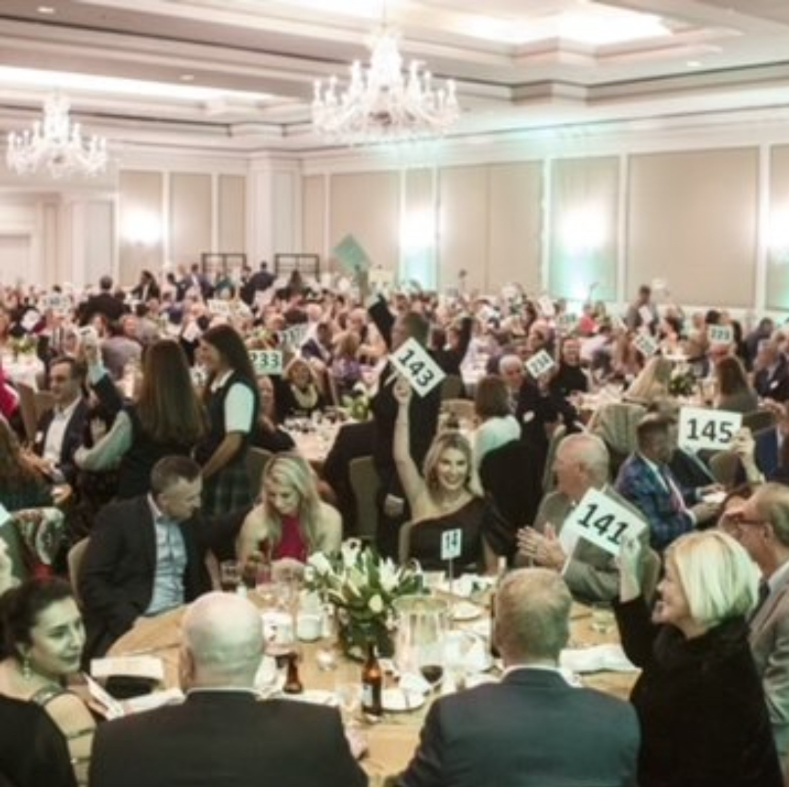Nothing excites Catholics for the liturgical season of Lent more than a day full of feasting and celebration before forty full days of fasting and abstinence. Mardi Gras, a special day celebrated by Catholics all across the world, is revered as “Fat Tuesday,” the day before Ash Wednesday. Ash Wednesday commences the start of the liturgical season of Lent, focusing on preparing for the Lord’s rising from the dead on Easter. As a way of “cleansing the senses” before the hard work that Lent invokes, Mardi Gras is an excellent way for Catholics to have one last day of feasting. Feasting on this day is a celebration for Catholics because, during Lent, adults must abstain from eating meat on Fridays and stick to eating one main meal with two smaller meals throughout the day. It is also traditional to give up snacking throughout the day as well. Along with these dietary restrictions, Catholics also give up something else during these forty days that has been keeping them from spending time with God. These, and so many other things, kickstart on Ash Wednesday, which is why Mardi Gras is so important for so many people.
Mardi Gras can be traced back to the seventeenth century in Rome and Venice, extending to the French House of the Bourbons, an important royal house. As colonists came to the Americas, they brought this tradition to the colonies. The celebration was not called Mardi Gras, though. Instead, it was called “Boeuf Gras,” meaning fatted calf. Then, in 1703, a French-Canadian explorer named Jean Baptiste Le Moyne Sieur de Bienville set foot in New Orleans (which he called Pointe du Mardi Gras)—home of Mardi Gras today—where they had the first celebration in the Americas.

In 1711, the people living here developed another form of celebration, which included lavish parades throughout the city. The parade included a giant bull’s head pushed on a cart through town and many people marching alongside it. This tradition of including a bull in the Mardi Gras parade still occurs today.
However, as many Catholics cannot all go to New Orleans to see the Mardi Gras parade, everyone celebrates the day differently. Junior Paige Evans observes the day by eating her favorite foods.
“For Mardi Gras, which is also my birthday this year, I’m going to go out to eat with my family and friends at our favorite Mexican restaurant,” Paige said.
Still, some choose to commemorate the day in other ways. Junior Caeleigh Edmiston celebrates the day before Lent in a more traditional style.
“If I’m able to go to a parade, it’s a lot of fun getting dressed up in the Mardi Gras colors and getting beads with other accessories,” Caeleigh said.
No matter how you celebrate Mardi Gras, it will surely be an exciting event that encapsulates all the fun times Catholics like to have before the Lenten season. On February 13, there will be many festivities from people all over the country and the world, especially in its hometown of New Orleans. Whether one chooses to observe the day by eating barbeque, watching the New Orleans parade on television, or any other way of celebrating, it is a great way to wrap up the liturgical season of Ordinary Time before Catholics start to prepare for the Lord’s rising of the dead.











